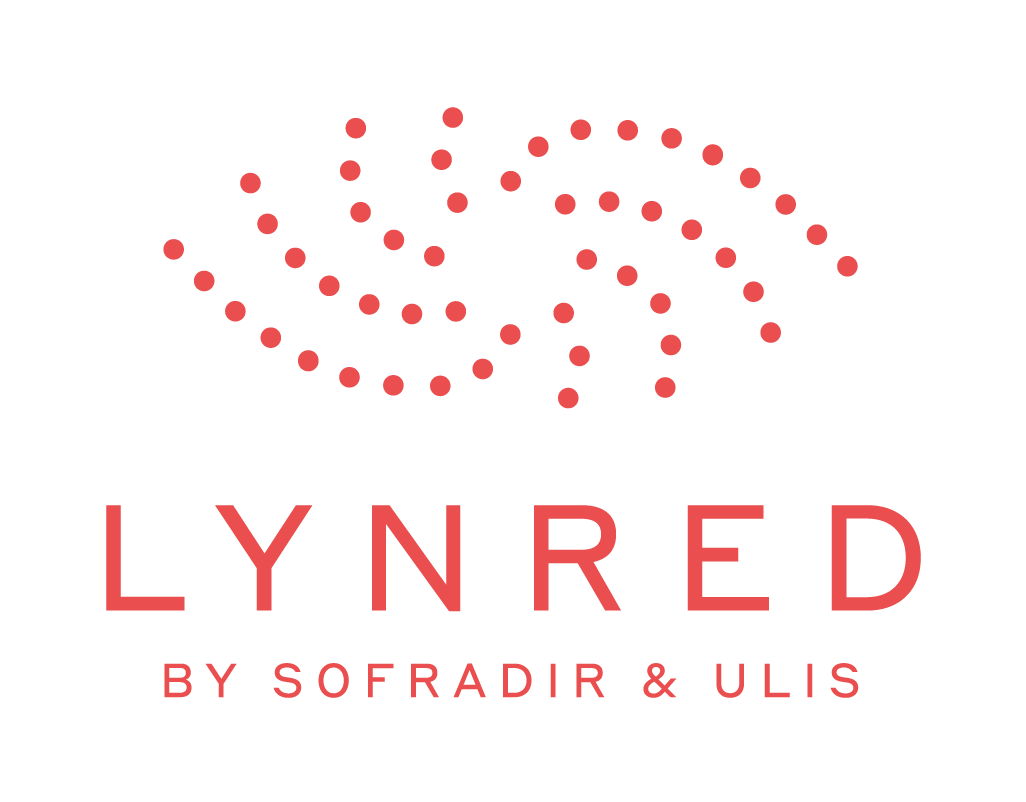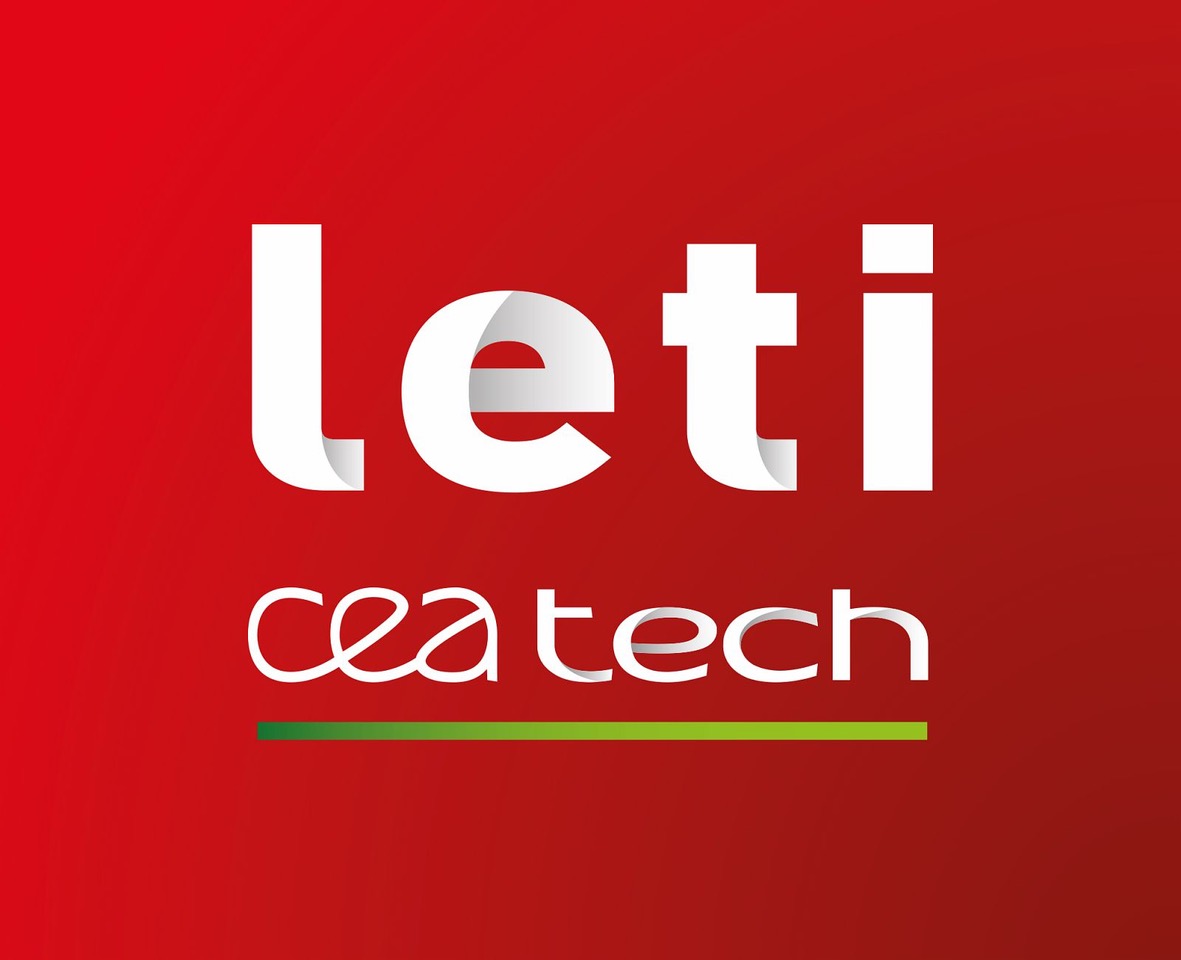
The ASTEROID consortium is composed of 5 complementary partners coming from 3 European countries. It is formed by an interdisciplinary team of 3 European industrials (Lynred, EVG and SME ADDL) and 2 research organisations (CEA and IFAE):
Lynred is a global provider of best-in-class Infrared (IR) detectors and equipment for a broad range of industries. Lynred by Sofradir and ULIS have more than 35 years of experience designing, manufacturing, and selling a comprehensive lineup of infrared imaging detectors that cover the entire infrared spectrum (SWIR, MWIR, LWIR, and VLWIR) through a variety of technologies (MCT, InGaAs, microbolometer) and is employing approximately 800 staff. Lynred provides a complete range of cooled and uncooled IR detectors as well as night vision modules. These products fulfill market needs for military, space, industrial, scientific, professional, and security applications. Lynred is Leader in cooled and uncooled IR detectors. Founded in 1986 as a spin-off from the CEA-Leti, a leading European microelectronics and nanotechnologies R&D center, Lynred has led the field in developing and delivering high volume second- and third-generation cooled IR detectors based on its pioneering Mercury Cadmium Telluride (MCT) technology.
Lynred is in charge of the global program management as leader of the consortium. Lynred is in charge of the read-out silicon design in collaboration with LETI. The hybridization of the test vehicle will be also performed at Lynred as the expected packaging able to receive the 2k² IRFPA for testing.
- Bruno Fièque, Space project manager.
- Pascal Le Boterf, Flip chip bonding R&D engineer
- Roland Gers , engineer
- Diane Sam-Giao, R&D engineer
- Julien Roumegoux, Flip-Chip expert
- Nicolas Péré-Laperne, Front-End R&D engineer
- Sophie Blondel, Engineer in material science
- Laurent Rubaldo, Detector Expert
- Nicolas Ricard, EROIC design team manager
CEA is the French Alternative Energies and Atomic Energy Commission, a European leader in research, development and innovation. CEA Tech is the division dedicated to Technological research (RTO) including CEA-LETI, with more than 2000 employees in Grenoble working in micro- and nano-electronics and CEA-INES, located at Le Bourget du Lac with more than 150 employees working in the field of silicon and organic photovoltaics. CEAtech is currently conducting research programs in all the applications covered in ASTEROID, namely, Infra-Red imaging, as well as Photonics, Solid State Lighting, Photovoltaics, Power electronics and Microelectronics. CEA’s core mission is to accelerate technology transfer to industrial partners in Europe, through bilateral or collaborative research programs. Put simply: Turn Technology Research into New Products Opportunities. For instance the well-known common laboratory DEFIR was created in 2003 to accelerate technological transfers between LETI and Lynred and has helped Lynred to become the world leader in infrared imaging detector supplying.
CEA (LETI Institute) will be in charge of the development of scaled up MCT wafers and technology in collaboration with Lynred. Part of the MCT wafers will also be manufactured at Lynred in order to ensure technology transfer at industrial level.
- Pierre Castelein , Electronical Engineer
- Olivier Gravrand , senior physicist at CEA
- Clement Lobre , Researcher in material science
- Jean-Louis Santailler, Researcher in material science
- Giacomo Badano, Researcher in material science
The Direction de la Recherche Fondamentale (DRF, 3500 staff) is the basic research division of the French Atomic Energy Commission (CEA, 16000 staff). Within DRF, IRFU (about 800 staff) is the Institut de Recherche sur les lois Fondamentales de l’Univers, dedicated to research in particle, nuclear and astro-physics. IRFU’s astrophysics department (Service d’Astrophysique, SAp, about 120 permanent staff, 200 staff in total) has two branches, one dealing with astrophysics, the other dealing with instrumentation, mainly for space projects. Both branches of SAp have been heavily involved in InfraRed astrophysics for the last 30 years (ESA’s ISO, Cassini and Herschel missions). SAp is also involved in R&D activities on IR detectors covering the whole infrared spectral range. Last, SAp can also benefit from the engineering departments of IRFU, in particular mechanical, electronics, computing and system engineering.
CEA (IRFU Institute) will be in charge of the characterization of the SWIR p/n technology as expert in testing high performances IR detectors
- Olivier Boulade, Physicist at CEA/IRFU
- Vincent Moreau, Research Engineer at CEA/IRFU/SAp
- Salima Mouzali, Physicist at CEA/IRFU/SAp
- Cyrille Delisle, Engineer at CEA/IRFU/SAp
EV Group (EVG) is a leading supplier of equipment and process solutions for the manufacture of semiconductors, microelectromechanical systems (MEMS), compound semiconductors, power devices, and nanotechnology devices. Key products include wafer bonding, thin-wafer processing, lithography/nanoimprint lithography (NIL) and metrology equipment, as well as photoresist coaters, cleaners and inspection systems. Founded in 1980, EV Group services and supports an elaborate network of global customers and partners all over the world and has more than 1000 employees worldwide with headquarters in Austria. EVG will be in charge of process adaptation for scaling up the manufacturing line at Lynred from 6’’ to 8’’.
- Anneliese Poenninger, business development manager at EV Group
- Alois Malzer, Product Manager at EV Group
- Tobias Zenger, Process Technology Manager Lithography at EV Group
- Christoph Floetgen, member of the technology development team at EV Group
IFAE is a public research institute conducting experimental and theoretical research at the frontier of fundamental physics, namely in Particle Physics, Astrophysics and Cosmology. The institute works at the cutting edge of detector technology and has made major contributions at experiments at CERN (ATLAS, ALEPH and several R&D projects), Neutrino physics (T2K), in Gamma-Ray astrophysics (MAGIC, CTA) and Cosmology (DES, DESI, PAU, Euclid). It has also several Medical Imaging applied projects (Dear Mamma, VIP. The IFAE has over 100 employees adding up the research, engineering, postdocs, students and administration staff. It has cutting edge technological infrastructure in Mechanics, Silicon Sensor assembly and computing. IFAE belongs to the network of CERCA centers from the Generalitat de Catalunya, to the Barcelona Institute of Technology (BIST) and is one of the Excellence centers of the Spanish research awarded the Severo Ochoa Grant.
IFAE will be in charge of the testing of 2k² hybridized FPA to assess reliability of hybridized structure at operating temperature and after temperature cycling
- Cristobal Padilla, Senior Physicist at IFAE
- Laia Cardiel, Leader of the Engineering Department at IFAE
- Jorge Jimenez, Detectors Engineer at IFAE
ADDL is a French SME company which offer consultancy engineering services and expertise to various industries since its creation in 1994. Located in Cachan, a small university city in Paris’s south suburbs, ADDL employs eight engineers and scientists for an annual turnover of around € 1 140 000. ADDL has developed a high level of expertise in simulation of mutiphysics and multiscale systems (solid mechanics, CFD and electromagnetics) using advanced methods such as finite elements, finite volumes and boundary elements. Since 1999, ADDL is certified by the French Ministry of Research and Technology as an organization which can carry works of Research and Development under the CIR (French Research Tax Credit). ADDL is also registered as a training organization.
ADDL will be in charge of the FE thermomechanical modeling of the 2k² hybridized structure itself.
- Aurélie Sérié , Project Manager
- Manuel Dubuisson , Senior expert engineer
- Julien Barnerias , R&D engineer






